We’re doing it again.
2019 is barely a week old, yet everyone seems to be searching for the singular person, policy or program that can restore order and usher in the better world we seek. From the excitement over the looming presidential race (and the promise of a return to normalcy) to the anticipation of the pending Mueller report (and the vision of a president in handcuffs), we are hardwired to hope for the sweeping solution, the quick fix, the reset button.
In reality, life works differently. What if we started to work in closer accordance with life?
What if we made 2019 the year of living “emergently?”
Emergence is not a word we hear or use often, yet it is the dynamic origin of development, learning and evolution, and we see evidence of its existence in everything from our cells to our cities. Indeed, the conditions for emergence flow from the reciprocal relationship that exists between any living form and its environment. A single ant, following the chemical trail of its neighbors to carve out a vital, completely decentralized role in a teeming colony. An adaptive software system, seeking patterns in individual behavior that shape which banner ad you see. A human stem cell, self-organizing into increasingly more complicated structures based on the behavior of its neighbors. Or even a solitary Tunisian fruit vendor, whose decision to set himself ablaze eventually sets the entire Arab world on fire.
As Steven Johnson writes in his book on the subject, the capacity for emergent systems to learn and grow “derives from their adherence to low-level rules. . . Emergent behaviors are all about living within the boundaries defined by rules, but also using that space to create something greater than the sum of its parts.”
In that sense, the central features of emergent systems outline a set of rules from the natural world that are both timeless and timely:
Give and receive feedback.
Pay attention to your closest neighbors.
Seek order, not control.
Start anywhere, and follow it everywhere.
It’s the songline of life itself — the deeply resonant story that flows through all living systems, including our own. And in a world that is becoming increasingly interwoven, and at a moment in history when the promise and peril of artificial intelligence are becoming more than just a sci-fi script, our ability to shift to a more emergent way of thinking may just be the difference between survival and extinction. As Johnson puts it, “our ability to capture the power of emergence will be closer to the revolution unleashed when we figured out how to distribute electricity a century ago. Almost every region of our cultural life was transformed by the power grid; the power of self-organization — coupled with the connective technology of the Internet — will usher in a revolution every bit as significant.”
Like the natural systems that surround us, the human systems we inhabit — from our schools to our cities to our political parties — are in a state of continuous dynamic balance. These systems are not done to us — we are the ones who create and perpetuate them, despite our protestations of innocence. (As the theoretical physicist David Bohm once put it, “Thinking makes the world and then says, ‘I didn’t do it.’”)
And so we cannot underestimate our individual and collective power to consciously create the conditions that make our system’s transformation in the direction we desire more likely.
It is literally that simple — and that complicated.
What, then, would it mean to make 2019 the year of living emergently?
For starters, it would mean resisting the urge to pin all of our hopes on any “singular solution.” Stop pretending that removing Donald Trump from office will restore a set of moral principles to American culture. Stop viewing ourselves as blameless pawns in someone else’s end game. Stop waiting for someone else’s policies to empower us to do our best work. And start working where you can, how you can, and with whom you can.
Although a better world depends on all of us, the work towards its creation begins with each of us. Transformation is first and foremost an inside job. And how we are at the small scale is how we are at the large scale.
We see evidence of these principles in practice throughout the natural world — although perhaps in no more stirring form than a murmuration of starlings. What words can do justice to the magic of as many as a million birds, flying and weaving as one?
Improvisatory choreography? Elegant chaos? Symphonic cacophony?
There is no familiar way to make sense of this natural phenomenon — both what they do and how it makes us feel when we see one. Yet this flocking behavior of the birds the ancient Romans believed foretold the will of the Gods — indeed, the word auspicious comes from the Latin auspicium, or “divination by observing the flight of birds” — is a natural manifestation of a set of principles for organizing complex behavior, and an observable phenomenon that runs counter to the way we human beings have made sense of the world for as long as anyone can remember. And thanks to the work of researchers, we now know that individual starlings all obey the same few flight rules:
Watch your seven nearest neighbors.
Fly toward each other, but don’t crowd.
And if your neighbor turns, turn with them.

Why do they do this? According to one of the studies, “when uncertainty in sensing is present, interacting with six or seven neighbors optimizes the balance between group cohesiveness and individual effort.” By following this rule of seven, the birds become part of a dynamic system in which each individual part combines to make a whole with emergent properties. This collective behavior allows the birds to gather information on their surroundings and self-organize toward an ideal density, one in which optimal patterns of light and dark are produced that can deliver information to the entire flock (and protect them from predators). The closer each bird pays attention, the safer — and more cohesive — the entire flock becomes.
Of course, this sort of swarming behavior is not unique to starlings. Many different animals, from birds and insects to fish and mammals, have been observed in their own form of a swarm. So what can this behavior teach us about ourselves, our organizations, and our ability to change the story of the way we work and learn?
According to Andreas Weber, author of The Biology of Wonder, “the spirit of poetic ecology is the spirit of swarms. To understand the individual, we need to understand its environment, and each through the other. We have to think of beings always as interbeings.
“We are a swarm ourselves,” Weber writes, “and we form swarms. A swarm does not have intelligence; it is intelligence. In this respect, a swarm (or a murmuration) is an intensified counterpart of ourselves. It is what we are and what we try to imagine with our conscious thinking. Swarms are solidified feeling. The swarm is — and in its being living dynamics and their expression are welded together in one single gesture.”
A murmuration, then, is more than just a metaphor for thinking differently about organizational behavior; it’s a reminder, in physical form, that our own bodies, cultures and classrooms are governed by the same rules.
As Weber puts it, “we see gestalts of the living that behave according to simple organic laws mirroring the great constellation that every living being has to cope with: to persist, to be close to the other, but not so close as to collide with him. These are the principles of poetic forms that are so thorough we can even teach them to a computer. They are the primary shapes of a poetics of living things.”
So let’s stop waiting for Godot. Let’s make 2019 the year in which we plant a thousand Trojan horses — future seeds of creative destruction that can, when the time is right, assume a different form, attack our most intractable rituals and assumptions about the systems we inhabit, and usher in a different way of being that is more in line with both the modern world and the modern brain.
Applying these principles to the way we organize ourselves will change the way we feel and act. It may even change the way we dream. “My dream is a movement with such deep trust that we move as a murmuration,” says author and activist Adrienne Maree Brown. “The way groups of starlings billow, dive, spin, and dance collectively through the air. Each creature tuned in to its neighbors. There is a right relationship, a right distance between them — too close and they crash, too far away and they can’t feel the micro-adaptations of the other bodies. Each creature is shifting direction, speed and proximity based on the information of the other creatures’ bodies. Imagine our movements cultivating this type of trust and depth with each other, having strategic flocking in our playbooks.”
We can imagine. And we can flock more strategically — but only when we recognize that the work begins with each of us, at the scale of the individual, now.

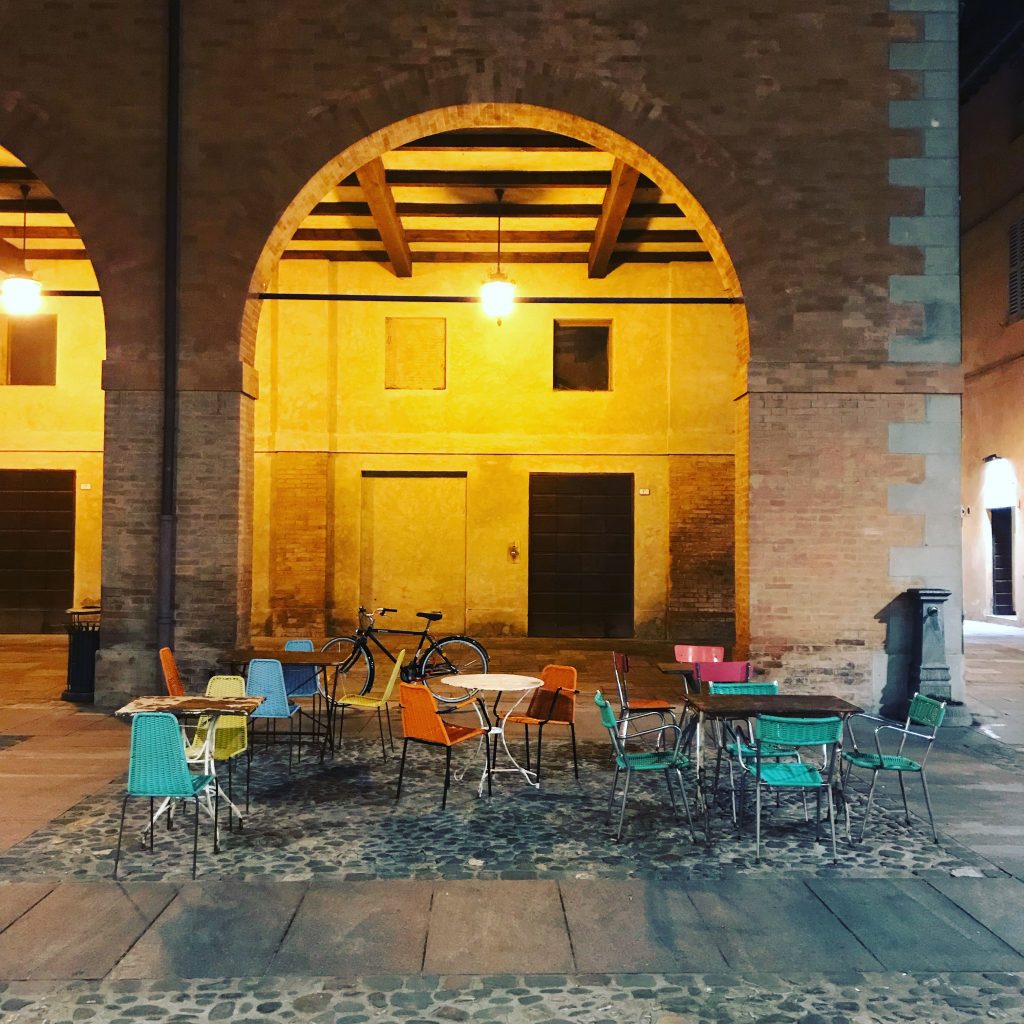
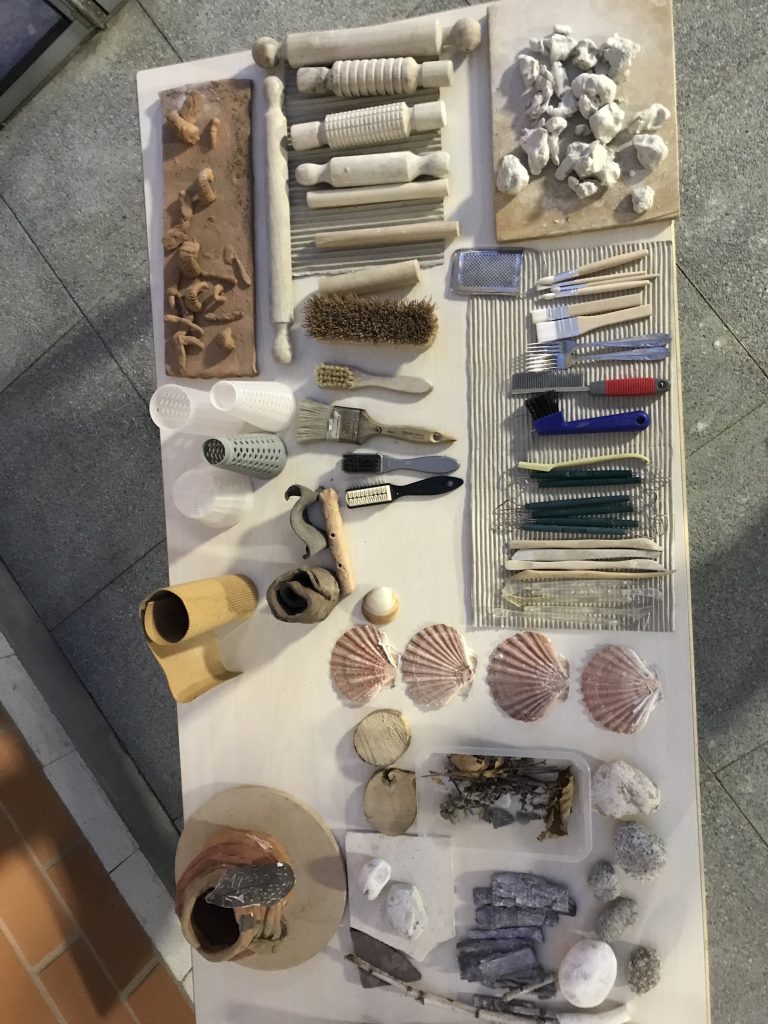
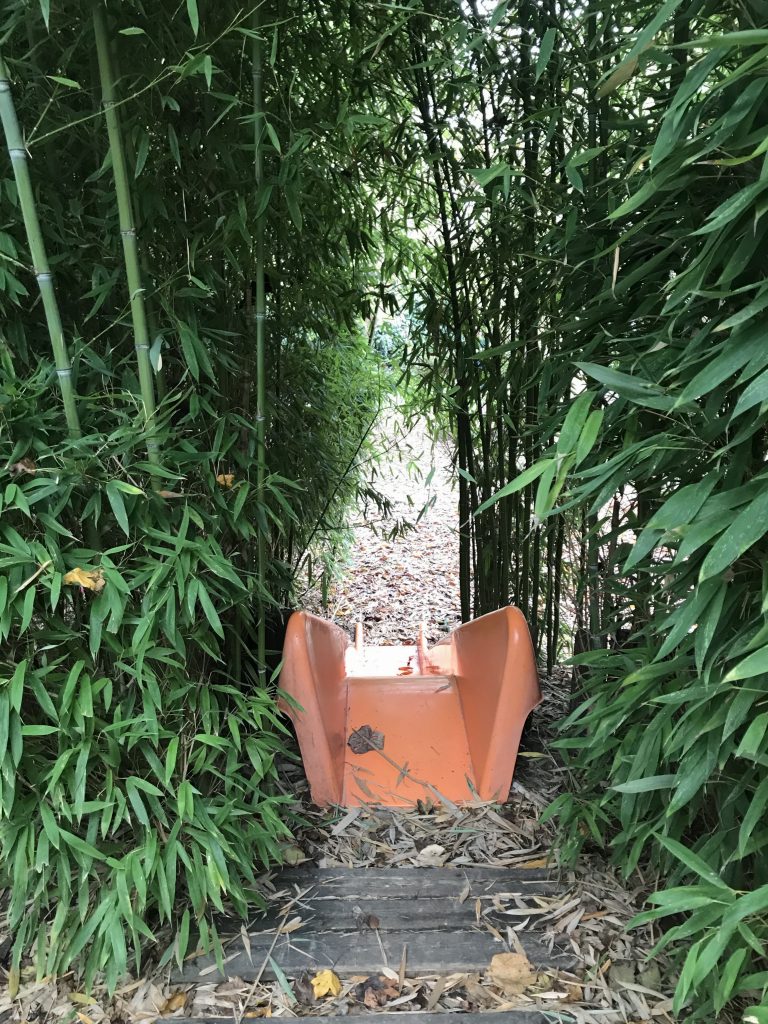 It’s why Malaguzzi called the physical environment the Third Teacher. And it’s what led the celebrated psychologist Jerome Bruner to take particular note of a group of four-year-old children who were projecting shadows onto a wall on the day of his visit. “The concentration was absolute, but even more surprising was the freedom of exchange in expressing their imaginative ideas about what was making the shadows so odd, why they got smaller and swelled up or, as one child asked: “How does a shadow get to be upside down?” The teacher behaved as respectfully as if she had been dealing with Nobel Prize winners. Everyone was thinking out loud: “What do you mean by upside down?” asked another child.
It’s why Malaguzzi called the physical environment the Third Teacher. And it’s what led the celebrated psychologist Jerome Bruner to take particular note of a group of four-year-old children who were projecting shadows onto a wall on the day of his visit. “The concentration was absolute, but even more surprising was the freedom of exchange in expressing their imaginative ideas about what was making the shadows so odd, why they got smaller and swelled up or, as one child asked: “How does a shadow get to be upside down?” The teacher behaved as respectfully as if she had been dealing with Nobel Prize winners. Everyone was thinking out loud: “What do you mean by upside down?” asked another child.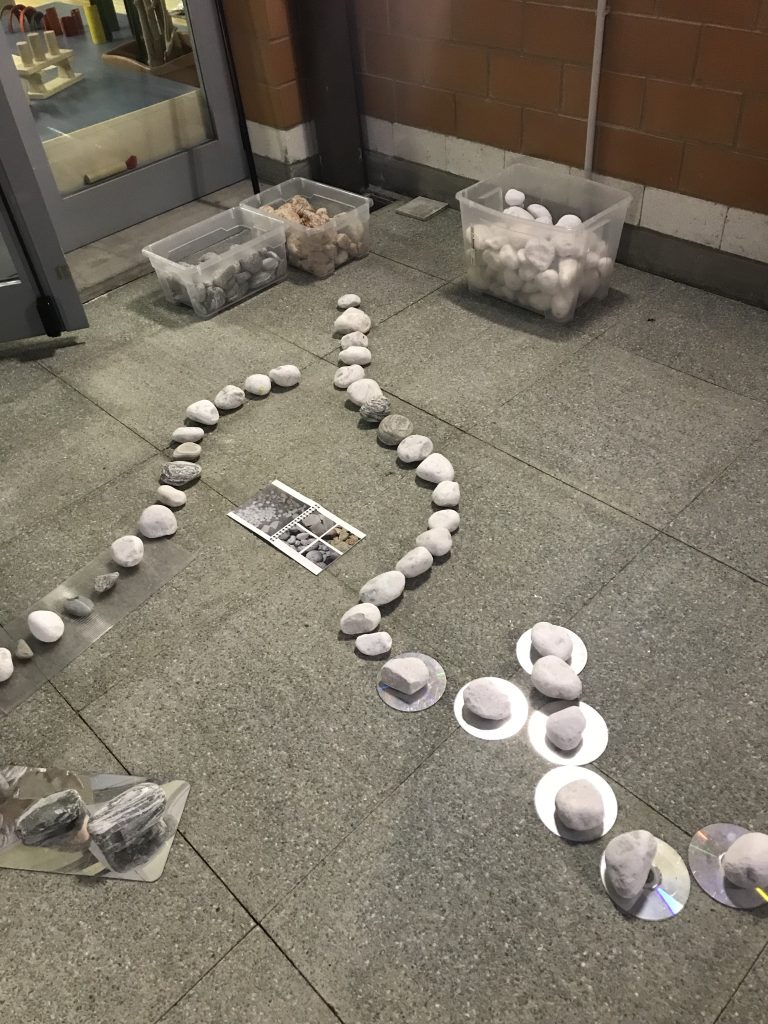
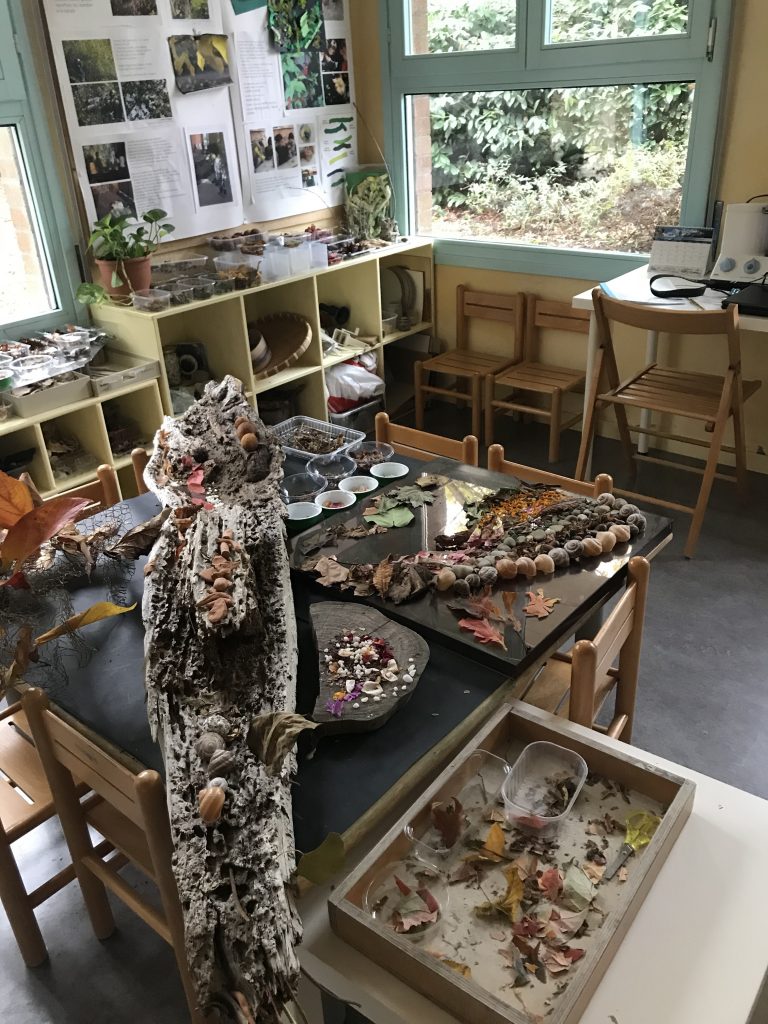
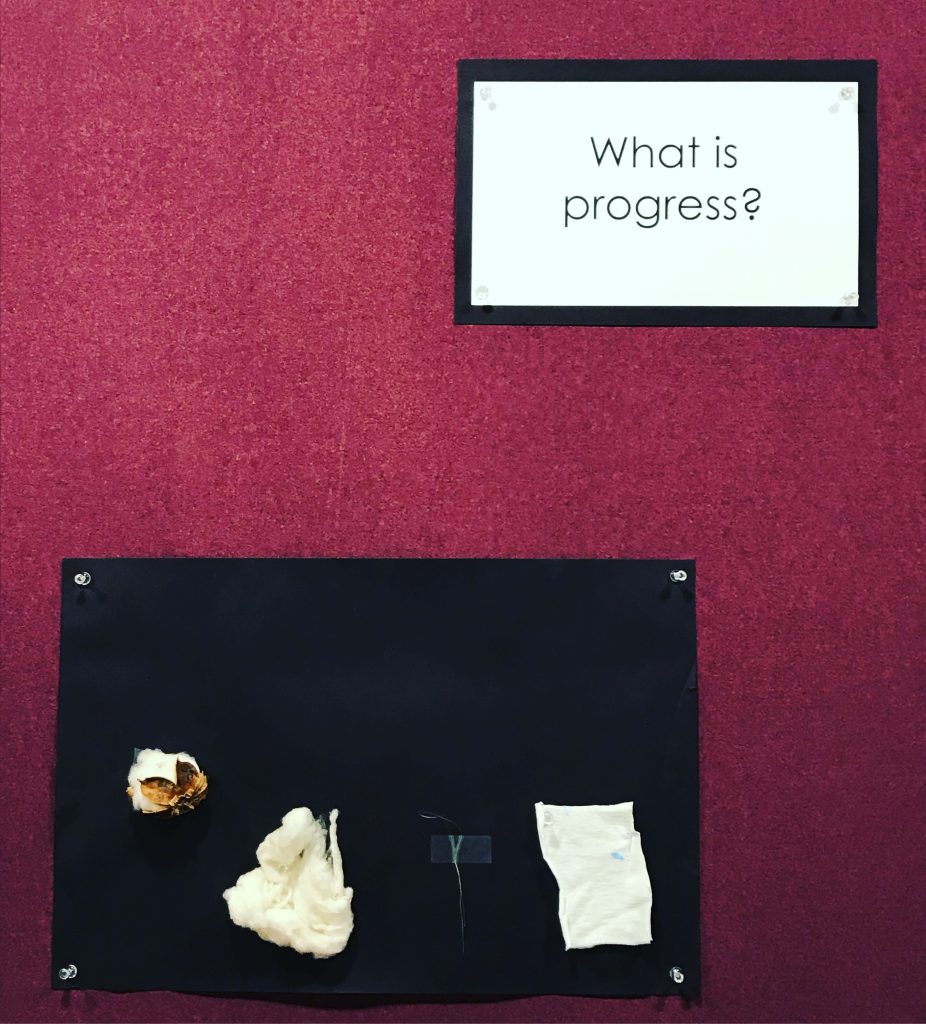
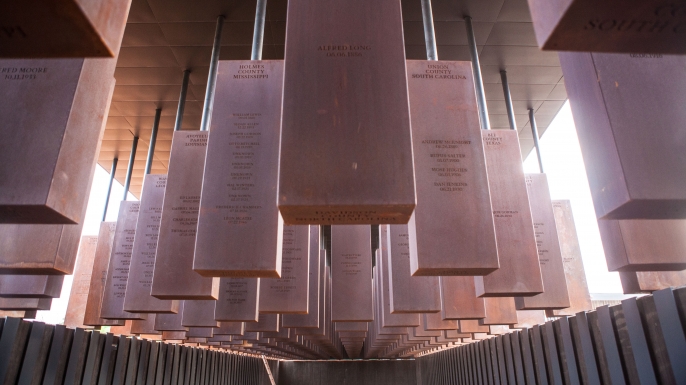

Recent Comments